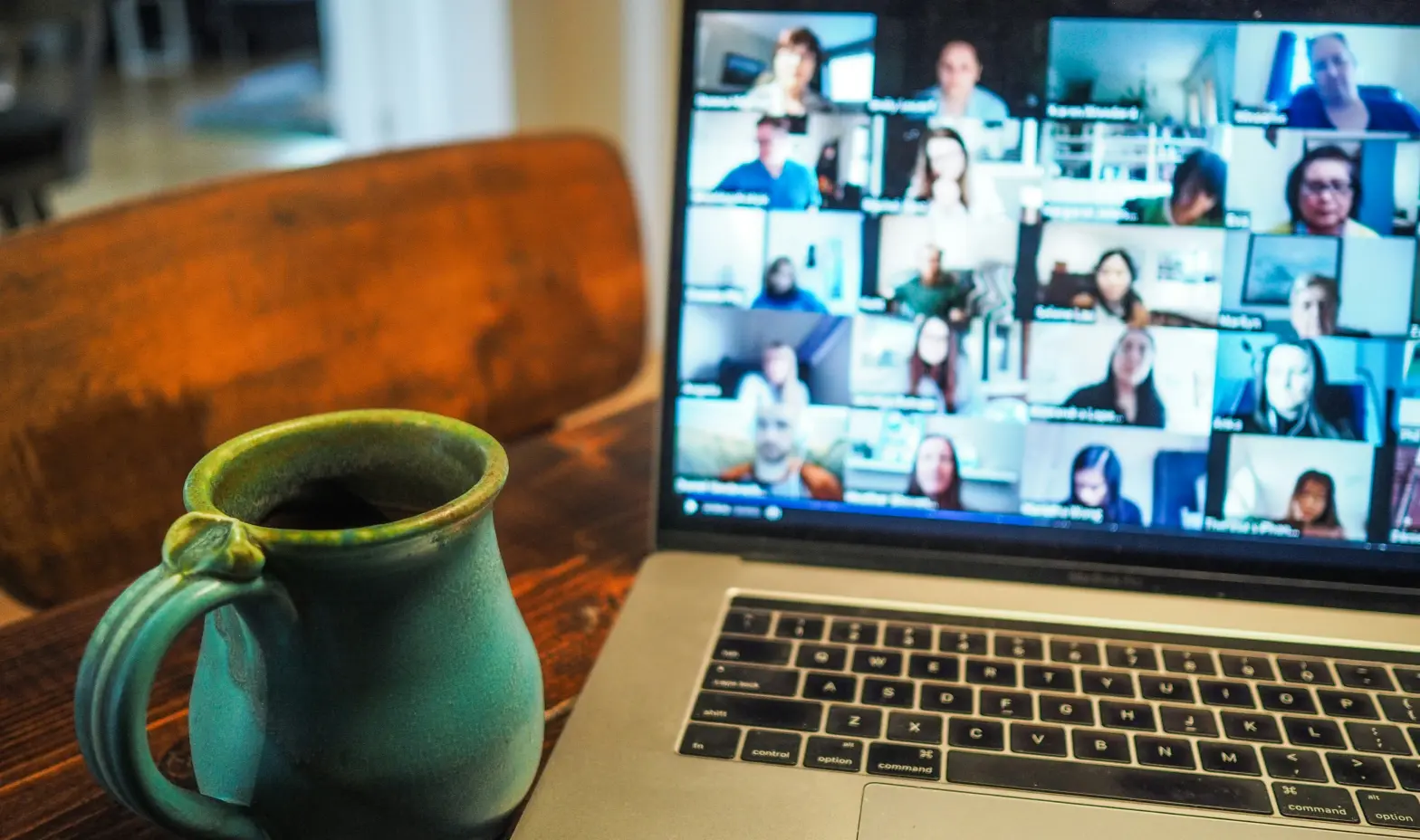Events of the 21st century, such as the COVID-19 pandemic, have brought about a series of changes in work-related matters. Now, people can work remotely and earn a living without leaving home. At first glance, this seems trouble-free. You don't need to spend time on long commutes. But in reality, it's not that easy. The shift in the work environment affects the employees and their work quality. Some begin to fear for their success and experience constant stress, while others take work lightly and perform it half-heartedly. Due to these and similar issues, companies must adhere to specific rules or recommendations for successful remote management. But besides that, employees also need to self-improve and adapt to various working conditions. Keep reading to understand how to work remotely and overcome all possible difficulties.
1. Maintain company-remote worker communication
One of the most crucial components of expanding the rights and opportunities of remote workers is eliminating fear. Employees should be confident that they won't face repercussions for mistakes and feel empowered to make their own decisions. Leaders must contribute to improving their employees' quality of life and provide access to the best resources, regardless of location.

Maintaining human connection is even more critical when managing remote workers, as distance demands stronger connections. Check-ins with remote workers should occur at least once every few months. Managers can use them to evaluate employee performance, as well as to identify and resolve minor issues before they become major ones. Additionally, it's an opportunity to ensure that remote workers feel connected to the company culture.
2. Enhance motivation
Good leaders know that motivation comes from within. They understand how to encourage, assist, and expand their employees' opportunities. Create a sense of purpose and shared goals within your remote team.
Encourage regular collaboration and provide the team with the necessary tools and guidance. Managers should encourage active listening and avoid condescending remarks. They should ensure that all remote employees have the essential tools and understand how to stay connected. Strive to make progress in terms of technology, too. You can learn more in our The Long-Distance Leader summary.
3. Create a detailed meeting plan and form a clearly defined team
Let's focus on the major productivity drain—meetings. They often drift into abstract ideas, exchange minimal information, are usually irrelevant, require careful preparation, and don't have a clear purpose. Meetings can be costly in terms of productivity. For example, an hour-long meeting with ten people can lead to a break in work for ten to fifteen hours due to the mental effort required to switch focus.
For more productive meetings, set a timer indicating a quick start and end to the meeting. When it rings, the meeting is over, with no exceptions. Additionally, invite only those directly involved in the discussion or necessary for effective decision-making. Find more specific examples and advice in the Rework summary.

4. Maintain a work atmosphere during work hours
Try to separate work and everyday attire. This will help you create a mental boundary between work and personal time. Dressing for work may make you feel more productive and focused. Additionally, try to create a home office.
Allocate a specific area in your home for work. This way, you will avoid distractions and keep work-related items separate from personal ones. When you're with your family, try not to check work email to maintain a healthy work-life balance.
5. Eliminate switch-tasking
Switch-tasking is a common issue among remote workers, often confused with multitasking. Switch-tasking occurs when you do multiple tasks, like working on a paper, chatting with a friend, and eating chips, yet they're all directed toward different goals. Conversely, multitasking is when all the tasks you're doing simultaneously serve a common purpose. For example, switching tasks can involve keeping track of the main points during a negotiation while paying attention to facial expressions and gestures.
To stop switch-tasking, try practicing walking. Walking is effective because it allows you to relax. Even if you're thinking about a project during your walk, those thoughts won't stress you out as much as they would if you were thinking about the same project at your desk. Walking allows your thoughts to flow freely without the need to focus.

6. Incorporate physical activity
Take care of your physical health if you're a remote worker. Supporting physical fitness is a vital aspect of this setup. Unlike trips to a traditional office, remote work can often be done without leaving your bed or couch, leading to a more sedentary lifestyle. You need to include physical activity in your daily routine.
This could be as simple as taking a walk during your lunch break or setting up fitness equipment in your home office. Additionally, consider the ergonomics of your workspace. Choose a workspace, chair, and computer screen that promote good posture. Moreover, don't forget about back and eye comfort.

7. Establish your work rituals
Office workers are accustomed to waking up at a particular time, getting ready, and then spending some time commuting to work. By doing this, they're essentially telling their brain, "The workday has begun." But when you work from home, you don't have such a ritual to transition your brain into work mode.
The idea is that you should force yourself into work mode by performing specific actions. For example, practice morning stretches, take a walk, or watch motivational videos while having a cup of coffee. On the other hand, you can also establish a ritual that marks the end of the workday, such as having tea with your family or picking up your kids from daycare.
8. End your workday properly
Many companies hold Zoom meetings in the morning to set the tone for the workday. However, a much less popular practice is holding meetings to mark the end of the workday. The importance of end-of-day rituals should not be underestimated, especially when you work from home.
Matt Altmix, a renowned photographer and podcaster, uses one of the work-from-home tips that helps him conserve his energy and avoid burnout. He dedicates the last hours of his workday to lighter tasks. He has installed the Clockify app, which works like a regular clicker but notifies Matt's brain that it's time to switch modes. As a result, he has more energy after work hours and the vitality to enjoy his favorite hobbies.
Being a remote worker isn't just about lounging in bed with a cup of coffee in the middle of the workday. It's about responsibility, self-management, and practicing the most popular work-from-home hacks in search of perfection. If you're that remote worker, value your downtime, and don't turn your home into a 24/7 office. At the same time, improve your time management if you're constantly pushing your deadlines. Because that could be one of the signs to ask yourself how to beat procrastination. Even if you work from home, remember that you're part of the company and have certain obligations to fulfill, just as it does to you.
Credentials:










